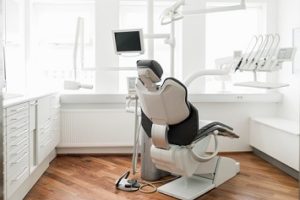An online survey found that more than a quarter of dental practices did not have a written bloodborne pathogens (BBP) control plan as required by OSHA. The survey was conducted by the National Institute for Occupational Safety and Health (NIOSH) and the Organization for Safety, Asepsis, and Prevention, a dental industry organization. Findings were published in the Compendium of Continuing Education in Dentistry.
More than 1,000 respondents representing private dental practices across the United States participated in the survey. The results suggest that participating practices were either unaware of the requirement to have a BBP exposure control plan (ECP), or did not adhere to all requirements if they did have one. Among findings:
- 28 percent did not have a written site-specific ECP.
- 50 percent without an ECP had no plans to implement one in the coming year.
- 65 percent did not use needles with sharps injury-prevention features.
- 24 percent with a plan had not reviewed it within the past year.
OSHA’s bloodborne pathogens standard covers all settings where workers could be exposed to blood or certain body fluids while performing their jobs. The standard describes precautionary practices to protect healthcare workers from pathogens like hepatitis B virus, hepatitis C virus, and HIV, the virus that causes AIDS. These pathogens can be transmitted from patient to provider, or patient to patient via contact with blood and body fluids.

